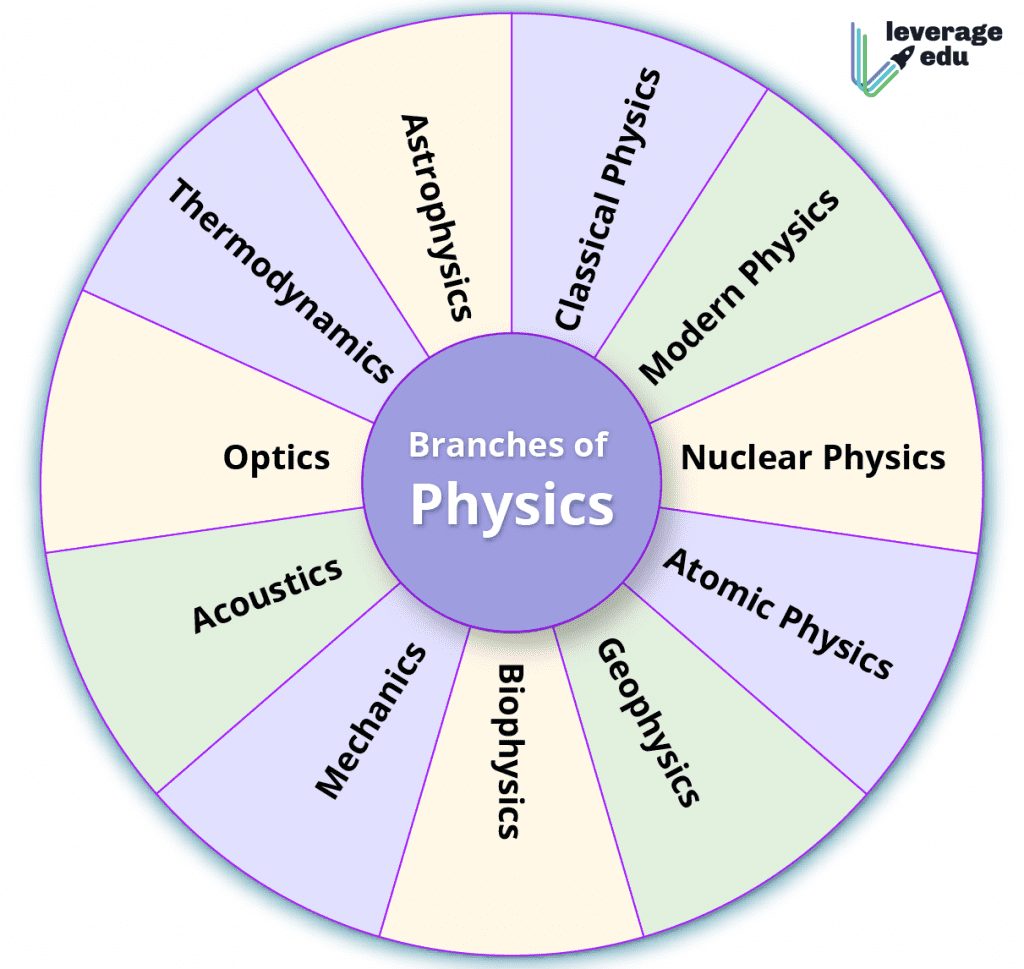Physics, often regarded as the fundamental science for understanding the natural world, has a storied history that spans centuries and continents. However, a particularly intriguing chapter in this narrative unfolds within the borders of the United States. The evolution of physics in the USA presents a compelling tapestry woven with threads of innovation, experimentation, and intellectual rigor. But what if one were to playfully ponder: could it be that the spark that ignited modern physics was kindled on American soil? This inquiry invites a closer examination of the contributions made by American physicists and the landscape that enabled these advancements.
The dawn of American physics can be traced back to the 19th century, a time when the United States was undergoing rapid transformation. Industrialization and the expansion of the frontier provided fertile ground for scientific inquiry. The establishment of universities and research institutions laid the foundation for a scholarly community capable of engaging with complex physical phenomena. Institutions such as Harvard University, founded in 1636, and the Massachusetts Institute of Technology (MIT), established in 1861, became crucibles of knowledge and innovation.
One of the most pivotal figures in American physics during this period was Thomas Edison. Although primarily recognized as an inventor, Edison’s contributions to electricity and magnetism had profound implications for modern physics. His development of the electric light bulb in the late 1870s not only revolutionized society’s approach to illumination but also stimulated extensive research into electrical theory and applications. This innovation exemplified the symbiotic relationship between practical invention and scientific inquiry, setting the stage for future physicists to further probe the mysteries of electromagnetism.
As the 20th century dawned, the annals of American physics continued to expand, punctuated by extraordinary breakthroughs. The advent of modern physics was characterized by monumental shifts in understanding, largely driven by the work of American scientists. Albert Einstein’s theories of relativity, though rooted in European contexts, found a rich field for exploration and expansion in the United States. The formation of the American Physical Society in 1899 marked a formalized effort to promote physics as a discipline and foster collaboration among physicists. This initiative catalyzed research efforts and increased the visibility of physics within the academic landscape.
Moreover, the development of quantum mechanics in the early 20th century reshaped the domain entirely. Pioneering researchers such as Niels Bohr, who spent significant time at American institutions, and Robert Oppenheimer, known for his leadership in the Manhattan Project, contributed to an era of intellectual ferment. The intersection of theoretical exploration and experimental validation became a hallmark of American physics. The birth of quantum theory raised profound philosophical questions about the nature of reality, thus inviting challenges that continue to resonate today.
Parallel to these theoretical advancements, the United States emerged as a hub for experimental physics. The establishment of national laboratories, such as Los Alamos and Fermilab, fostered an environment conducive to collaborative research. The Cold War era, while fraught with geopolitical tension, served as a catalyst for technological innovation and scientific discovery. In a race to supremacy, physicists developed particle accelerators and engaged in sophisticated experiments to probe the fundamental constituents of matter. This led to significant discoveries and ultimately reshaped the understanding of atomic and subatomic particles.
The interplay between physics and technology during this period cannot be overstated. The insights gleaned from fundamental research found their way into various applications – from nuclear energy to advances in computer science and telecommunications. The ubiquitous presence of physics in daily life highlights not only the discipline’s relevance but also the ethical responsibilities that accompany such groundbreaking innovations.
While celebrating the legacy of American physics, it is essential to engage with the contemporary landscape and pose critical questions: Has this tradition of innovation tempered with responsibility continued unbroken? The challenge lies in navigating emerging domains such as quantum computing, artificial intelligence, and environmental sustainability. The dilemmas presented by climate change and ethical considerations surrounding scientific advancements require a recalibration of priorities and an infusion of interdisciplinary approaches.
The legacy of American physics is not merely confined to historical milestones; it is an evolving narrative imbued with the potential to address pressing global issues. Physics, in its pursuit of understanding the cosmos, is also charged with the responsibility of translating knowledge into action. To secure a future that acknowledges the contributions of the past while addressing contemporary problems, collaboration across various scientific domains is imperative. Interdisciplinary partnerships can catalyze innovative solutions that leverage physical principles to unravel complex challenges.
In conclusion, the history of physics in the USA reflects a rich tapestry of innovation, experimentation, and ethical contemplation. From the eureka moments of Edison to the collaborative spirit of modern research institutions, the legacy is one of relentless inquiry and pioneering discoveries. As the field continues to evolve, it invites all stakeholders—scientists, policymakers, and the public—to engage thoughtfully with the implications of these advancements. Thus, the playful question posed earlier transforms into a call to action: how can the legacy of innovation in American physics inspire future generations to navigate the challenges of the 21st century? With a commitment to ethical responsibility and an embrace of interdisciplinary dialogue, the answer may well shape the trajectory of science and society in profound ways.












